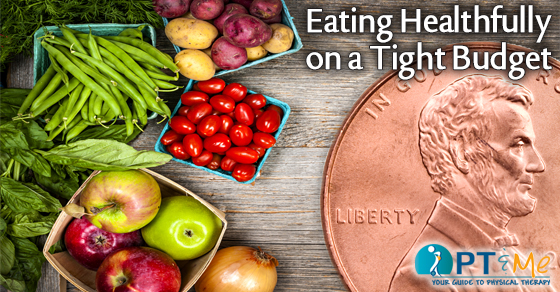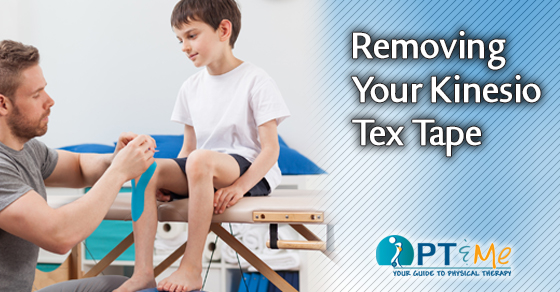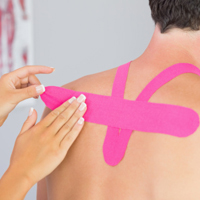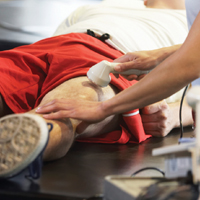
When you are on a tight budget, shopping for food can be challenging. It is a common misconception that cutting back on food expenses means sacrificing good nutrition. However, you can be healthier and wealthier by getting wiser about planning meals and shopping. Here are some guidelines that can help:
Let the Plate Be Your Guide
Many people plan their meals around meat, and leave grains, vegetables, and fruit for side dishes. However, according to Choose My Plate, the bulk of your diet should be made up of vegetables and fruit. And at least half of your grains should be whole grains such as whole wheat breads, pasta, and brown rice. Meats and dairy products should be treated as side dishes and eaten less frequently. This is not only more economical but more healthful. Here are a few examples of meals made mostly with whole grains, fruits, and vegetables:
• Chili—beans, vegetables, and meat, served with a salad
• Stir-fry—vegetables with a small amount of meat served over rice or pasta and a salad
• Stews or soup—beans, vegetables, pasta, rice, meat or chicken, served with salad
• Taco—beans or meat with lots of lettuce, tomato, onions, and a corn tortilla
Make It From Scratch
Many of the prepackaged, boxed, canned, and frozen foods you buy from the store are high in fat, calories, sodium, sugar, and cost, compared with foods prepared at home. They may also be lower in vitamins and minerals. You pay for the fancy packaging and convenience of these items, but you get much less for your money. For example, you can make many more bags of popcorn from a bag of unpopped corn compared to buying a bag of already-popped popcorn. The pre-made popcorn is much more expensive and has more fat and sodium than what you can make at home. Of course, making food from scratch may take a little more time, but it can be well worth it in terms of cost and nutrition.
Have a Game Plan for Shopping
Have a game plan for shopping that includes what you are going to buy and where you are going to buy it. Here are some tips on developing a shopping plan:
• Plan meals and snacks several days in advance. Then write a shopping list—and stick to it!
• Compare prices among grocery stores. Shop at national chains and discount food outlets. Do not shop at convenience stores.
• Go to stores that sell generic foods, store brand foods, and foods in bulk.
• Use coupons with caution. They are often for foods that are more expensive. Do not buy junk food or something you normally would not buy, just because you have a coupon.
• Never shop on an empty stomach.
• Look for sales on items that are on your list.
When shopping, it’s also important to look for foods that are fresh. Check the dates on perishable items like meat, cheese, and yogurt. If you aren’t able to consume the item before the date, then you shouldn’t purchase it.
Check the Unit Prices of Items
The unit price calculates the cost of a product per unit. For example, a unit could be by the ounce, pound, or number of items in a package. Unit prices are usually marked on the shelf below the product. For example, let’s say you are looking for canned beets and there are three different brands to choose from. If you look at the unit price below each one, you can find the brand that is cheapest, especially if you buy the largest can. However, it only makes sense to buy the largest can if you are sure you will use it all.

Read Food Labels
It is easier to make the most nutritious choice when you know how to read the nutrition facts label. These labels contain the nutritional information and are found on most packaged foods. Use the nutrition facts label to focus on the facts that are most important to you, such as the fat, sugar, or sodium content. Nutritional labels make it easier for you to compare similar products.
Buy in Bulk… When It Makes Sense
Save time and money by buying in bulk. You can buy in bulk through supermarkets, buying clubs, food cooperatives, farmer’s markets, and warehouses. When you buy in bulk, you can purchase a product in multiple or large units that can be stored, or from an open container in the store, such as a bin of rice where you can scoop out as much as you want. Before buying in bulk, keep the following tips in mind:
• Buy only products that your family will like and use often enough so that they will be used before spoiling or becoming outdated. Otherwise, you will waste food and money.
• Not all bulk items are bargains. Make sure the item is really a good buy and saves you money. Check the unit price; do not just look at the size of the package.
• When you buy in bulk, you buy more than you can use before your next shopping trip. Be sure you have enough money to do this.
• You should know what type of storage is needed for the product and have enough space to store it.
• Beware that buying in bulk can lead families to overeat or eat too quickly. If this happens, you could run out of food or money before the end of the month. Make sure you can store food so that it will not get eaten too quickly.
• Freeze prepared items in small containers rather than one large container so you only need to thaw the servings you need.
• Know proper storage times for different foods. For example:
• Ground meats: 3-4 months in the freezer
• Hot dogs: 1-2 months in the freezer
• Eggs: 3-5 weeks in the refrigerator
• Opened lunch meats: 3-5 days in the refrigerator
• Bacon: 7 days in the refrigerator
• Fresh chicken or turkey parts: 9 months in the freezer
Eat at Home
Eating out can be expensive and the food is often high in fat, salt, and sugar. A spaghetti dinner at a restaurant could cost $10 or more, but only a few dollars if you prepared it at home. At a restaurant, your extra costs go toward profits and tips. Consider having a potluck. When you entertain guests at home, ask them to bring a dish.
Be Prepared
If you are going to be out running errands or shopping with your family, bring some healthy snacks and drinks with you. That way, if hunger hits, you will not be tempted to stop at a fast food restaurant or buy snacks from a vending machine—something that can hurt your wallet and your waistline. Whether you make snacks at home or buy them from the grocery store, it is less expensive than buying them in the mall.
by Amy Scholten, MPH
RESOURCES:
American Dietetic Association
http://www.eatright.org
Choose My Plate—US Department of Agriculture
http://www.choosemyplate.gov
CANADIAN RESOURCES:
Canada’s Food Guide
http://www.hc-sc.gc.ca
Dietitians of Canada
http://www.dietitians.ca
REFERENCES:
Charts: food safety at a glance. FoodSafety.gov website. Available at: http://www.foodsafety.gov/keep/charts/index.html. Accessed January 27, 2016.
Eating better on a budget. Choose My Plate, US Department of Agriculture website. Available at: http://www.choosemyplate.gov/ten-tips-eating-better-on-a-budget. Updated September 1, 2015. Accessed January 27, 2016.
Lino M. Nutrition doesn’t have to be expensive. Choose My Plate, US Department of Agriculture website. Available at: http://www.choosemyplate.gov/sites/default/files/printablematerials/USDABlog-NutritionDoesntHaveToBeExpensive.pdf. Published August 25, 2011. Accessed January 27, 2016.
Last reviewed January 2016 by Michael Woods, MD Last Updated: 3/13/2014
EBSCO Information Services is fully accredited by URAC. URAC is an independent, nonprofit health care accrediting organization dedicated to promoting health care quality through accreditation, certification and commendation.











